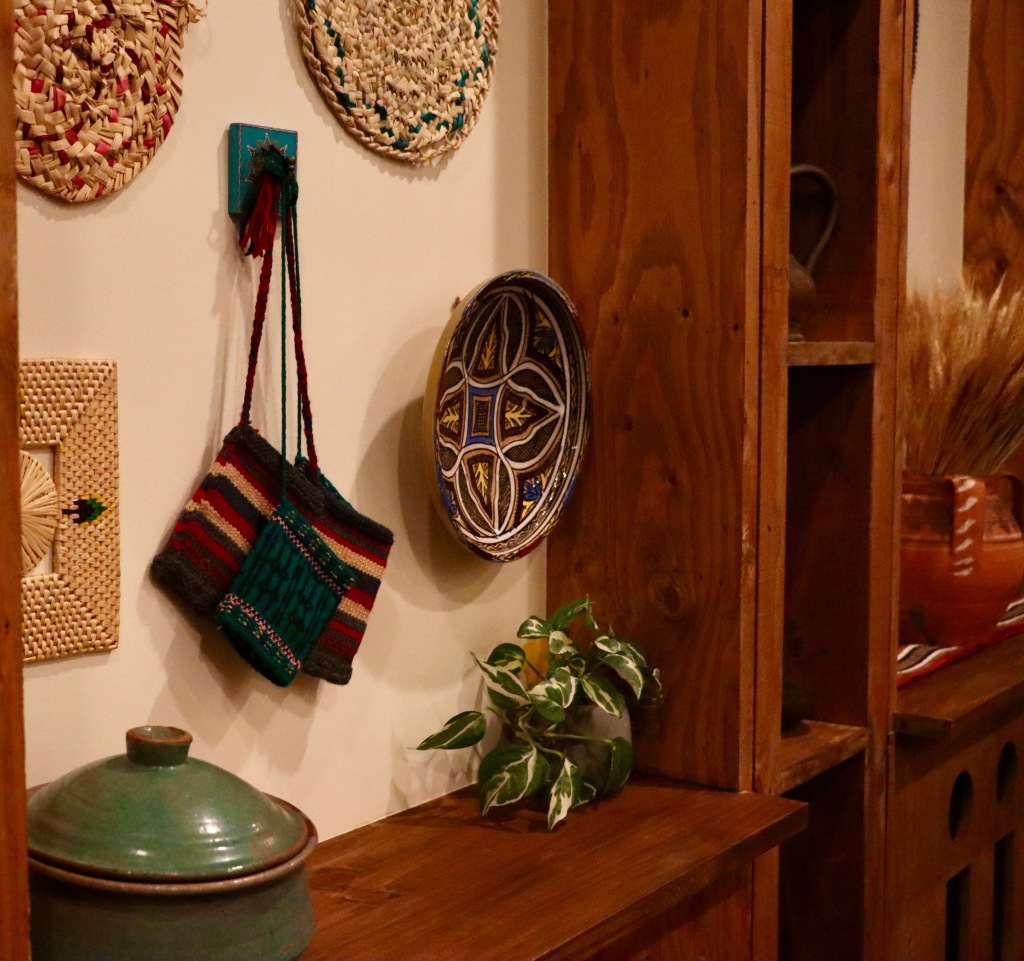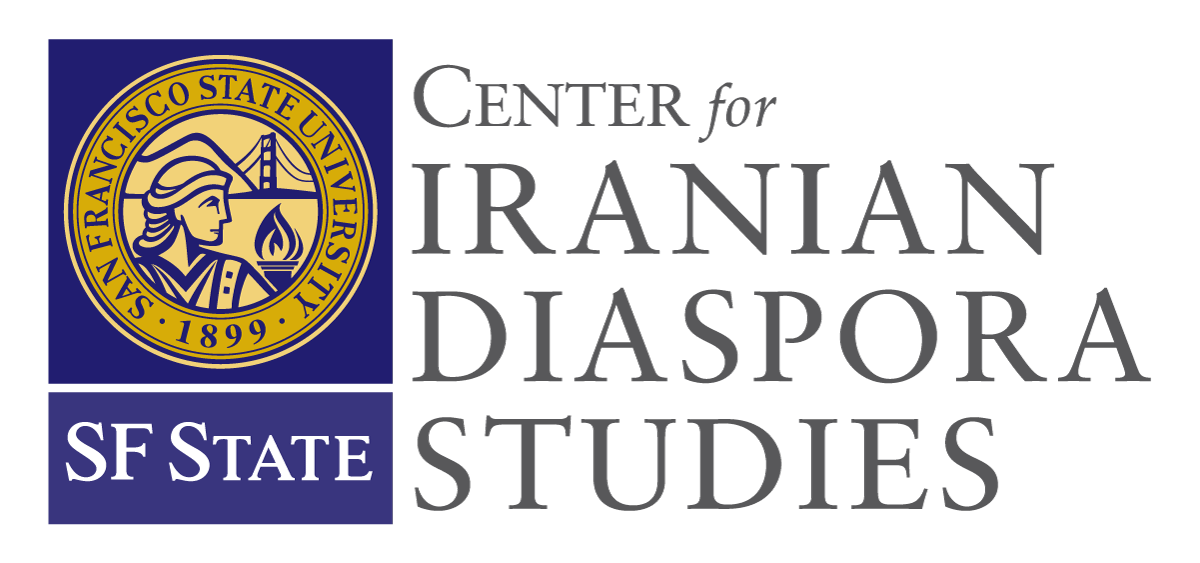By Persis Karim, Center Director
“Komaaj” and Chef Hanif Sadr have become synonymous with the San Francisco Bay Area. You cannot think of Northern Iranian food and not think of Sadr or his efforts to create a devoted following of “Komaajistas.” I first met Sadr in 2017, after he had been in the US for several years. Back then, I was interviewing him for a conference paper about the proliferation of Iranian food culture in the Bay Area and on social media and the internet. I was impressed by his tenacity and vision then, and, he has been fortunate to have been surround by a cohort of colleagues and friends who have chased the dream of Komaaj for the past nine years along with him. Komaaj, the name of the restaurant/café now located permanently in San Francisco’s Mission district, began first as a pop-up serving fresh and delicious cuisine from the Northern Iranian region shortly after Sadr arrived in 2013, beginning with a limited menu featuring the cuisine of his childhood. Komaaj, named after the specialty bread of Northern Iranian, made with saffron and yogurt—two staples of Iranian cuisine—is the brainchild of Chef Hanif Sadr and his partners, Babak Mortazavi, Farshad Esmaili, and Nazanin Emami. His two second cousins, Mahsa Hakimi and Golnar Pouya, have also joined the team. Komaaj features the many rich traditions of this region in its food preparation and is now much more than just a place to get an unusual meal. Komaaj now boasts not only an eatery, in its pila bazaar (corner shop grocery and café), but also has a preservation lab (for canning and preserving), a production kitchen for its catering and packaged foods, and the recently-remodeled mazze bar which features assorted northern Iranian small plates and specialty wines from this region of the world. “Komaaj is a place to share the experience that me and my family and friends from our generation had in the North in a region near the Caspian Sea. Our grandparents and parents gave us so many experiences of nature, of farms and farming, and of traditional homes and customs that grew from this unique part of Iran,” says Sadr at the opening reception in early February. “Me and my Komaaj partners want to reflect and inspire this special experience of foraging, farming, and preserving food, which is still very much alive in that region of Iran.”
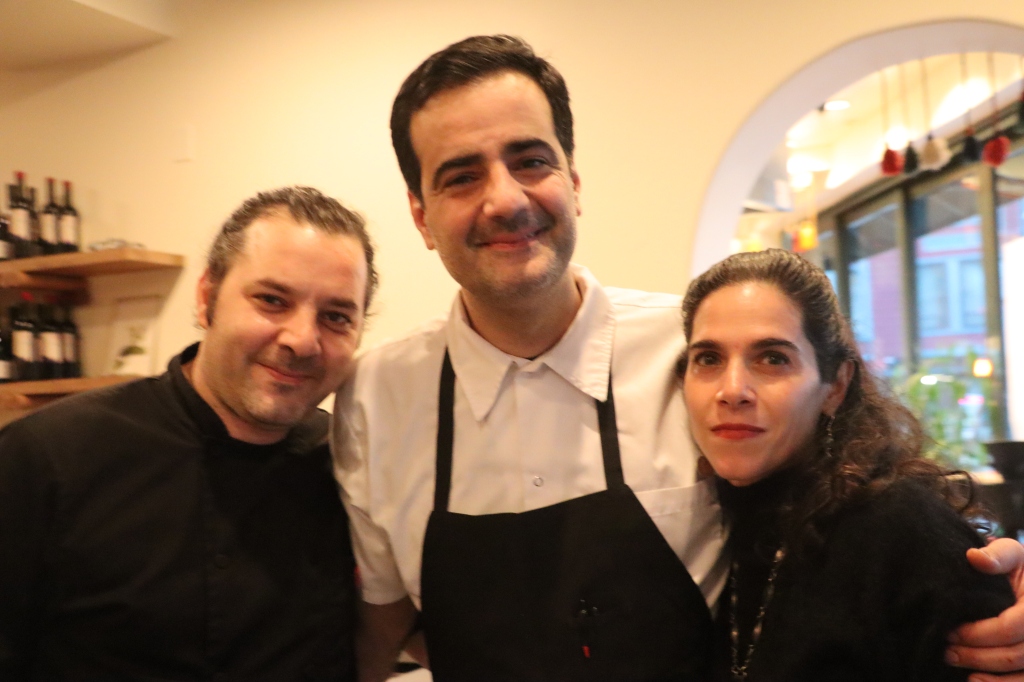
Sadr, who has developed his foodways experience in a variety of US venues—such as at food conferences, cooking exhibitions, and in collaborations with other chefs and foodways experts, such as New York Times food writer Naz Deravian. He says that for him “food is part of experiencing a culture and learning about a place.” This has a special meaning for many Iranians in the US, many of whom pride themselves on having one of the most refined and oldest cuisines in the world. “Food can be a bridge,” says Sadr. “A bridge across differences, but also a bridge into a richer understanding of what makes up a country, a culture, and a people.” He notes that for many diaspora Iranians who live in the Bay Area eating at Komaaj might be the first time they also are tasting northern Iranian cuisine. Sadr, is also one of the featured characters in the documentary, “The Dawn is Too Far: Stories of Iranian-American Life,” (co-directed by your truly and SF State DocFilm Institute colleague, Soumyaa Behrens) and features his wife, Goli Mohebbi, who came to the US after surmounting the challenges of the “Muslim Ban,” and now works as an herbalist, and has also helped Sadr with the launch of the most recent iteration of Komaaj. Sadr’s participation in the film, which will be screened later this spring, illustrates the ways that the Bay Area is fertile ground for immigrants to share their rich cultural and culinary heritage as well as their own stories. You can watch the trailer for the film here.
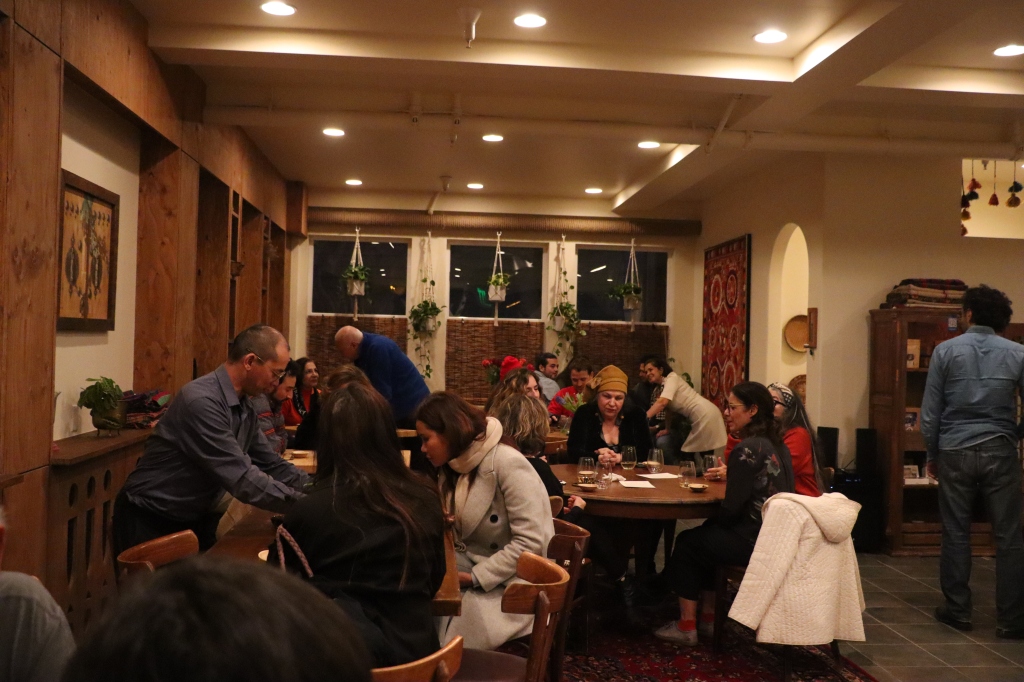
Sadr also notes that because of the hard work of earlier generations of Iranian Americans to create and foster the Iranian community and culture of the Bay Area, he has had the benefit of building on this and sharing the richness of northern Iranian cuisine with a wide array of Bay Area folks with greater ease. “In the US, over the past decade, Iranian food has become much better known, but it is not a fast process. There is a lot of potential, but we must break through some of the misconceptions about Iran and about Iranian food. It’s not all about the kabobs and rice,” he adds jokingly.
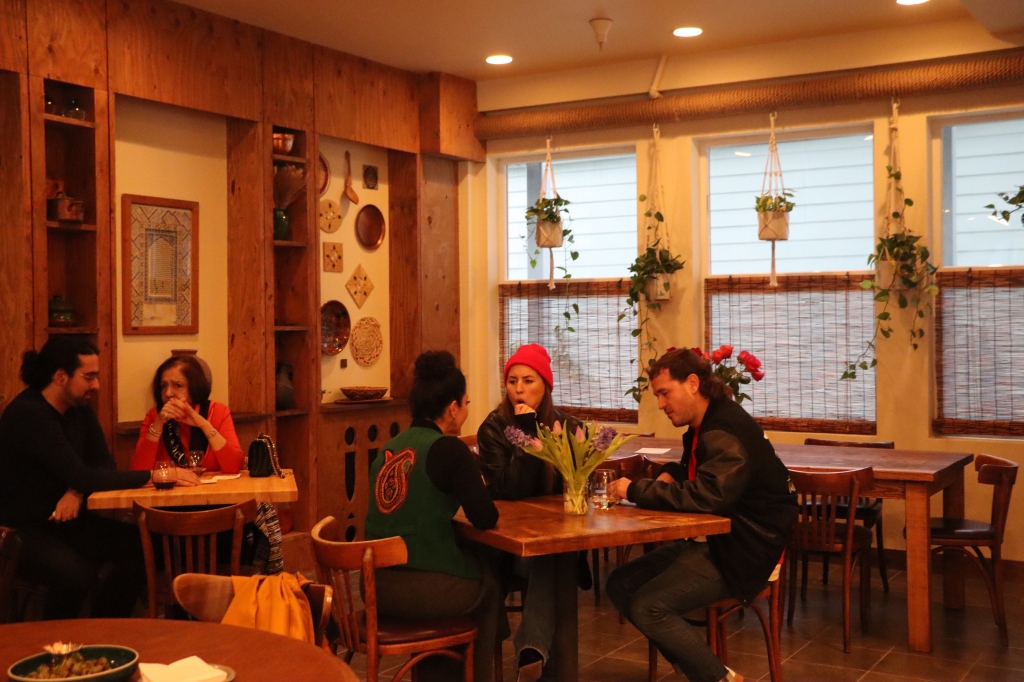
What distinguishes northern Iranian cuisine is a much less meat-heavy repertoire, in favor of many more vegetables and herbs, explains Sadr. When I ask him if that has made the crossover for Bay Area eaters easier, given the considerable number of vegetarians and vegans living here, he answers with a nod. “The Bay Area has a similar climate to the North of Iran—not too hot, and also favoring lots of fresh flavors—and that has made people open to the repertoire of dishes we serve at Komaaj,” he says. But Komaaj is also about the desire to connect and tell stories, explains Sadr. “Part of what we want is to give people a concept that is about more than just eating. It’s also about the culture, the place, the people,” he says while pointing to the many crafts and objects that are on the shelves in the mazze bar, including baskets, colorful fabrics, and ceramics produced in the Gilan region. “I want to invite their curiosity to learn more about Iran,” he adds, “and that’s why I hope we can do events here that include poetry, music, and other representations of Iranian and Bay Area culture.” Because of his interest in preserving and sharing the culture, Sadr and his partners have also founded Komaaj as a nonprofit entity which is committed to researching, documenting, and sharing northern Iranian cuisine. This will likely happen with cooking and preservation classes, as well as in sharing a more holistic notion of foodways with Komaaj customers. Sadr has, for example, collaborated with Naz Deravian on several cooking classes where they taught participants special recipes for Norooz and Yalda celebrations, as well as sharing his Northern Iranian recipes in her New York Times column (see picture below from the collaboration at Central Kitchen in December 2023). Sadr says he is excited about Komaaj having a permanent home, and about the ways food can do some heavy lifting to educate and bridge differences. You can check out Komaaj’s special upcoming Norooz menu and order in advance. When I ask what’s next after fulfilling this big dream, Sadr says, “I’m going to write that long-overdue cookbook,” he says, “when I have a little more time.”
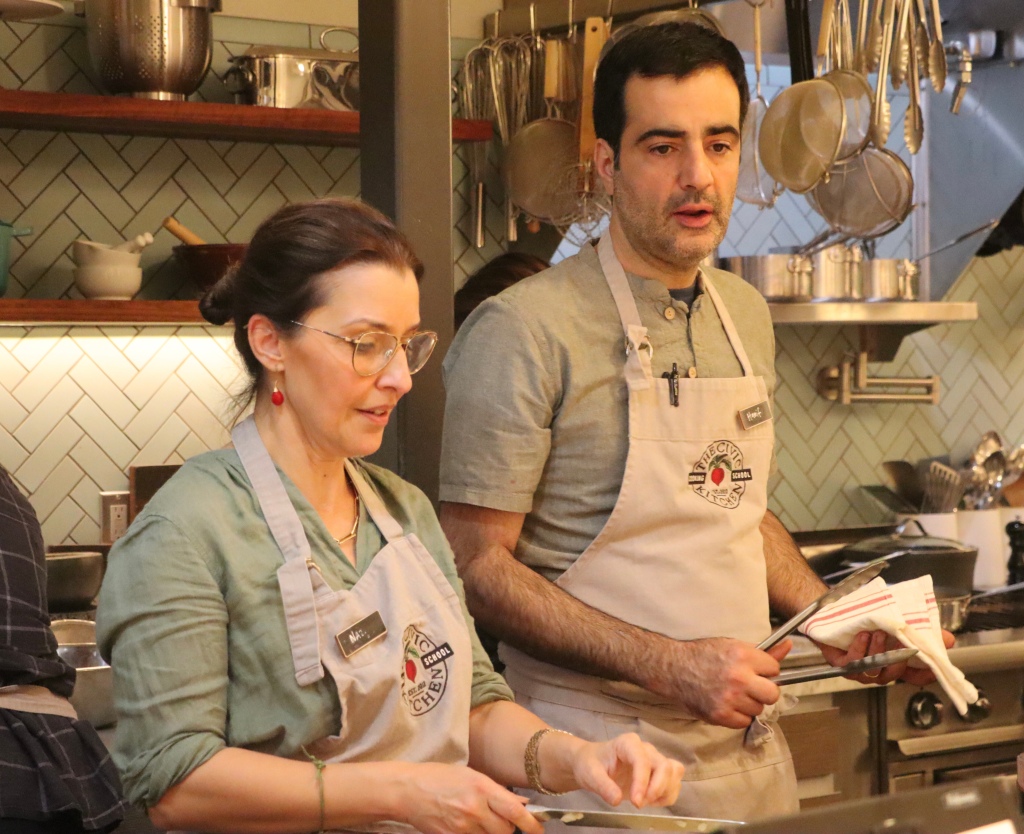
You can check out Komaaj’s menu here and take in the atmosphere of lovely new mazze bar at 10 29th Street, San Francisco.
